Explore the recipes in this collection:
Smart cooks know that frozen produce is a huge labor saver. Washing, stemming, trimming, and blanching take time, and frozen goodies are already prepped. They’re also often a cheaper alternative to their fresh counterparts, particularly if you’re shopping for out-of-season produce.
Plus, they last weeks or months in the freezer, which makes them an ideal ingredient for health-conscious cooks — they’re plants you can keep on hand to round out your meals without worrying about whether they’ll go bad before you have a chance to use them.
For all their time- and money-saving benefits, frozen veggies and fruits are a marvel of engineering. Growers harvest produce at the peak of the season, rush it to a processing facility, blanch it, and flash-freeze it within hours. This process ensures that frozen produce retains most of its vitamins, minerals, and antioxidants — unlike the fresh stuff, which loses more nutrients the longer it hangs out in your fridge. (For more on the life cycle of fresh produce, see “The Secret Lives of Fruits & Veggies”.)
Frozen-Food Best Practices
- Remember that frozen vegetables are blanched, so they generally need less cooking time than fresh.
- Avoid moist cooking methods like boiling, which can make frozen veggies soggy.
- Use high heat and rock-hard frozen vegetables when making stir-fries. As soon as the veggies hit the pan they will start to thaw, and once heated through, they’re done.
- Mix a small amount of sugar with the oil when you’re roasting frozen veggies — this encourages browning while they’re in the oven.
- Sidestep texture issues by sautéing frozen cauliflower, carrots, broccoli, or squash along with some onions and garlic, then use an immersion blender to make a creamy soup.
- Stir still-frozen berries into muffin or cake batter — less juice will leach out during baking than if you use thawed berries. Just add an extra five minutes to the baking time; the frozen fruit will lower the temperature of the batter.
- Skip the ice altogether in your frozen-fruit smoothie to make it creamy and less watery.
- Freeze your own veggies before they go bad: Blanch briefly in boiling water, transfer to a very cold water bath immediately to stop the cooking, drain well and pat dry, then freeze in a single layer on sheet pans before transferring to airtight bags or containers. These older vegetables will have less nutritional value than fresher or flash-frozen options, but the method will help you reduce food waste. Just be sure to label and date.
Once you learn how to cook and bake with frozen produce, you won’t be disappointed by soggy veggies or sloppy fruit. These recipes are designed to make the most of your freezer cache.
Shrimp-Spinach Curry
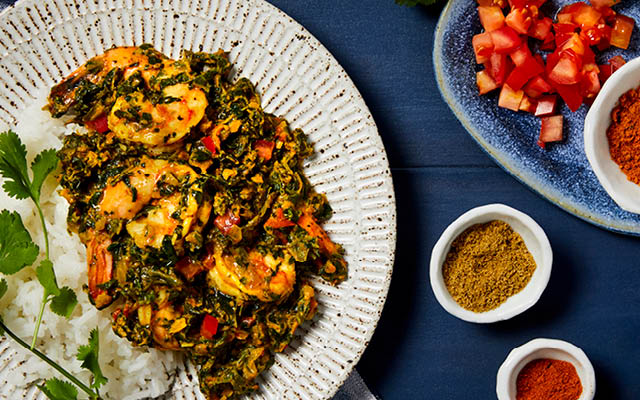
Makes four servings
Prep time: 15 minutes, plus thawing time
Cook time: 20 minutes
Ingredients
- 2 10-oz. packages frozen spinach
- 1 lb. frozen raw shrimp
- 1 tbs. avocado oil
- 1 large onion, chopped
- 2 cloves garlic, minced
- 2 tbs. minced fresh ginger
- 2 tsp. curry powder
- 2 tsp. ground cumin
- 1/2 tsp. cayenne (optional)
- 2 large Roma tomatoes, chopped
- 1 tsp. garam masala
- 1 15-oz. can full-fat coconut milk
- 1/2 teaspoon sea salt, to taste
- 2 tsp. fresh lemon juice
- 2 cups cooked basmati or cauliflower rice
Directions
- Thaw the spinach in a bowl in the refrigerator overnight or on the counter for a couple of hours. Drain and wring out.
- Thaw the shrimp in a covered bowl in the refrigerator overnight, or place it in a colander and run cold water over it until it’s thawed. Drain well, then pat dry with paper towels.
- Place a large skillet over medium-high heat for 30 seconds, then add the avocado oil. When the oil is shimmering, add the onion. Cook until translucent, stirring occasionally, about five minutes. Reduce the heat to medium-low, then add the garlic and ginger and cook, until fragrant, about one minute. Add the curry powder, cumin, and, if preferred, cayenne. Stir for a few seconds.
- Add the tomatoes and garam masala and cook, stirring frequently, until the tomatoes soften, about two minutes. Scrape the contents of the pan into the bowl of a food processor and add the thawed spinach. Process to mince, then drizzle the coconut milk through the feed tube with the machine running. Transfer the mixture back into the skillet. Place over medium heat and bring to a simmer.
- Add the thawed shrimp and 2 tablespoons water, and stir until the shrimp is pink and cooked through, about five to seven minutes depending on the size of the shrimp.
- Add the salt and lemon juice and stir. Taste and add more seasoning if desired. Serve over prepped basmati or cauliflower rice.
Frozen Veggie Stir-Fry

Makes four servings
Prep time: 10 minutes
Cook time: 15 minutes
Ingredients
- 2 tbs. tamari or soy sauce
- 1 tbs. honey
- 1 tbs. rice vinegar
- 11/2 tsp. sesame oil, divided
- 1 tbs. avocado oil
- 1 tbs. minced fresh ginger
- 2 cloves garlic, chopped
- 5 oz. frozen shelled edamame
- 10 oz. frozen broccoli
- 5 oz. frozen sliced carrots
- Cubed roasted tofu or chopped sautéed chicken (optional)
- 10 oz. frozen cauliflower rice
Directions
- In a small bowl, whisk the tamari, honey, rice vinegar, and 1 teaspoon of the sesame oil.
- Place a heavy skillet over high heat for 30 seconds, then add the avocado oil. When the oil is shimmering, add the ginger and garlic and stir for 30 seconds. Add the frozen edamame and cook, stirring constantly for one minute, until the beans no longer look frozen. Add the frozen broccoli and carrots and cook for two minutes, stirring constantly. Whisk the tamari mixture once more and then pour it over the veggie mixture; cook, stirring, until the broccoli and carrots are heated through, about one minute more.
- If you want to add protein, stir in cubed roasted tofu or chopped sautéed chicken after the veggies are heated through.
- In a separate large skillet placed on high heat, add the remaining 1/2 teaspoon sesame oil. When the oil is shimmering, crumble the frozen cauliflower rice into the pan and cook, stirring for four to five minutes, until heated through.
- Serve the stir-fry over the cauliflower rice.
Roasted Brussels Sprouts and Carrots With Balsamic Glaze

Makes four servings
Prep time: 5 minutes
Cook time: 20 minutes
Ingredients
- 1/2 cup balsamic vinegar
- 2 tbs. avocado oil or coconut oil, divided
- 10 oz. frozen Brussels sprouts
- 5 oz. frozen sliced carrots
- 1 tsp. coconut sugar or other granulated sugar (optional)
- 1/2 tsp. sea salt
- 1/8 tsp. freshly ground pepper
Directions
- Preheat the oven to 450 degrees F and place a heavy sheet pan in the oven to preheat.
- Place the balsamic vinegar in a small pan and bring to a boil over high heat, then reduce to a simmer and cook for about five minutes, until you have 3 to 4 tablespoons of thick balsamic glaze.
- Carefully remove the hot pan from the oven and drizzle with 1 tablespoon of the oil, then return to the oven for one minute.
- Place the frozen vegetables in a large bowl and coat with remaining oil and optional sugar. Transfer to sheet pan and roast for 10 to 12 minutes, until the Brussels sprouts are lightly browned. Sprinkle veggies with salt and pepper, and drizzle with balsamic glaze. Serve hot.
Gluten-Free Raspberry-Lemon Muffins
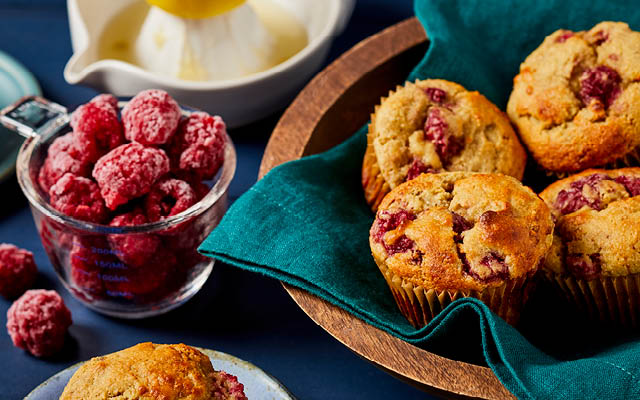
Makes six servings
Prep time: 5 minutes
Cook time: 40 minutes
Ingredients
- 1 cup almond flour
- 1/2 cup chickpea flour
- 1/2 tsp. baking soda
- 1/4 tsp. sea salt
- 1/2 tsp. cream of tartar
- 1 tbs. fresh lemon zest
- 1/2 cup mashed banana
- 1 large egg
- 1/4 cup maple syrup
- 2 tbs. coconut oil
- 1 tbs. fresh lemon juice
- 1 cup frozen raspberries
Directions
- Preheat the oven to 375 degrees F, and line a six-cup muffin tin with baking cups.
- In a large bowl, whisk the almond flour, chickpea flour, baking soda, salt, cream of tartar, and lemon zest.
- Place mashed banana in a medium bowl, then add the egg, maple syrup, oil, and lemon juice, and whisk to combine.
- Pour the banana mixture into the flour mixture and mix until well combined, then quickly stir in the frozen raspberries.
- Place a scant 1/3 cup of batter in each muffin cup. Bake for 30 minutes, until the tops are golden brown and a toothpick inserted in the center of a muffin comes out clean.
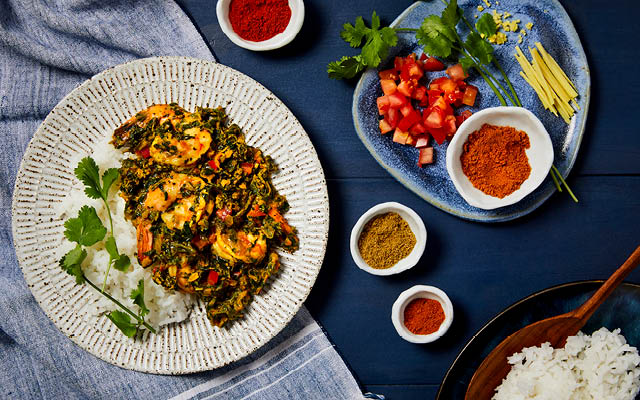
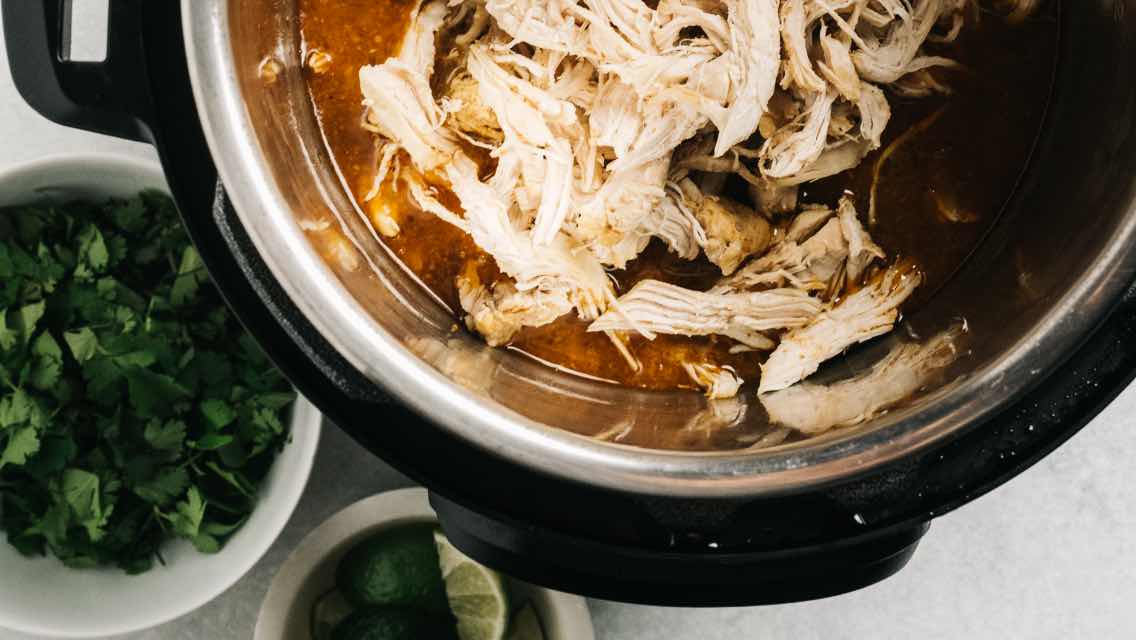

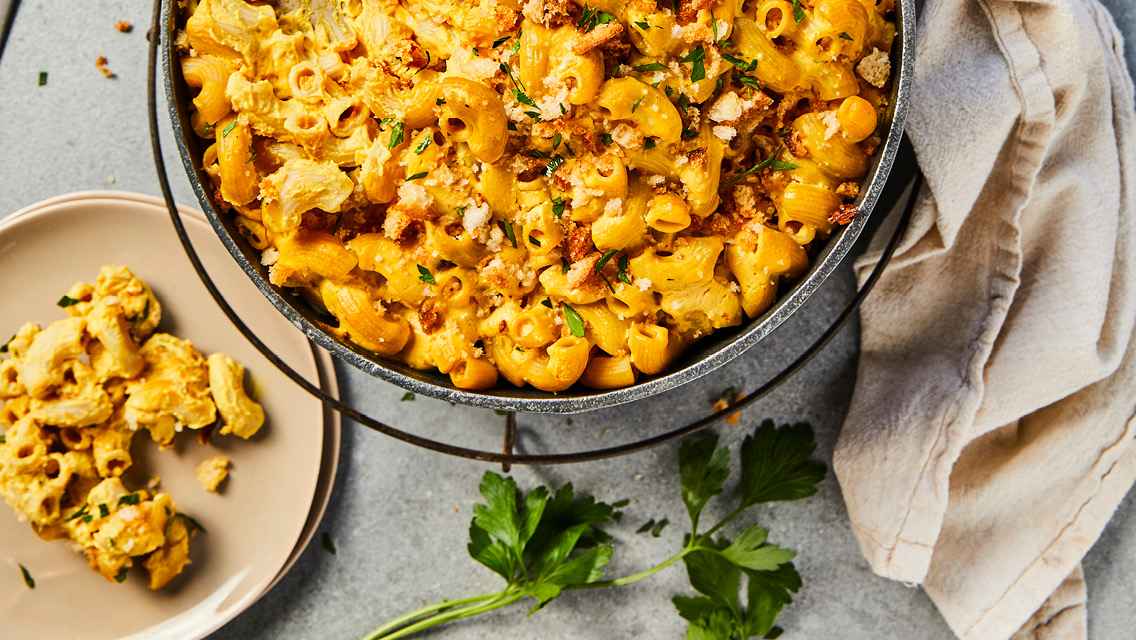
This Post Has One Comment
Thanks The recipes look healthy and tasty. It would be helpful
if you also included the calories and carb and fat content.